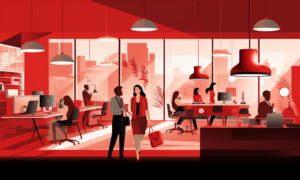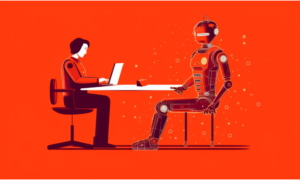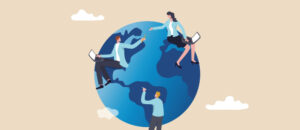HRD Deep Dive: Reimagining the office for the future of work
- 8 Min Read
When it comes to conducting a safe and productive return to work, organizations must strike the ultimate balance to provide the best solution for each employee. But how? In this week’s HRD Deep Dive, we unpack the issue.
- Author: Sam Alberti
- Date published: Aug 19, 2020
- Categories
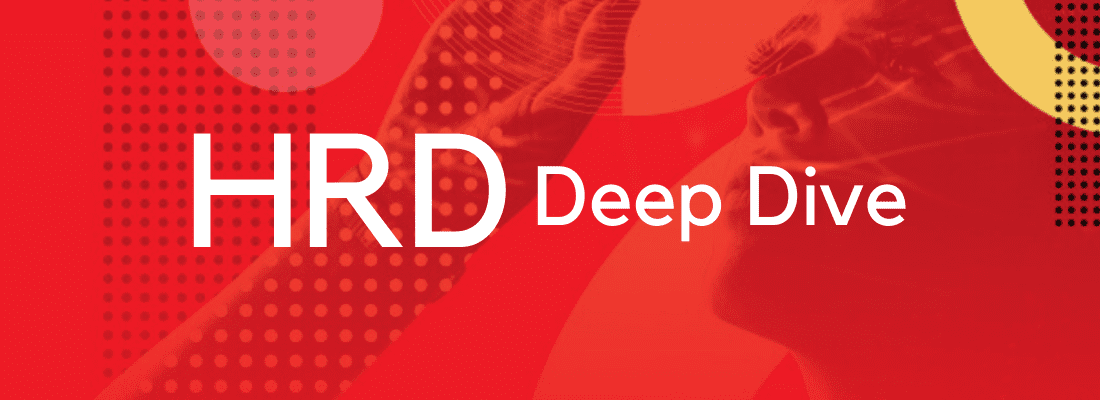
The effects of COVID-19 have permeated all aspects of the working world, spanning both the physical and non-physical. Where the non-physical is concerned, the pandemic has disrupted the entire gamut of business practices and procedures. Talent acquisition and retention, leadership styles, company culture and employee engagement all come to mind (to name just a few). All of these areas have either shifted significantly, or taken a hit.
Similarly, the physical working world is now unrecognizable for many. According to the Office for National Statistics, 46.6% of the UK’s working population completed some form of remote work in April 2020, and 86% of this number did so as a result of the coronavirus pandemic.
This is a mere snapshot of the global picture. In general, face-to-face working almost feels like a thing of the past, and has largely been replaced by virtual interaction.
What’s more, 2020 is unlikely to be where the story ends. A study conducted by Global Workplace Analytics earlier this year estimated that 25-30% of the US workforce will be working remotely on ‘multiple’ days per week by the end of 2021.
As a result, leaders must now ponder how and where employees will be undertaking their duties in the future of work, and how this can be achieved safely and efficiently. With this in mind, we took a closer look.
A redesigned office for the future of work – the outlook
In times past, the idea of remote work was looked upon by leaders and executives with a sneering cynicism. The notion was practically unheard of. But in 2020, the tables have turned. Many organizations, in fact, are now preparing to become remote on a permanent basis. But what will this look like, and how will it work logistically?
Though this is nigh-on impossible to answer concisely, a clear starting point comes to mind: technology. Prior to COVID-19, tools such as data, automation and virtual communication were playing an increasingly instrumental role in modern business. Now, however, they will integrate even quicker, and will surely come to define the entire complexion of the workplace environment in the future of work.
In fact, according to Deloitte’s Working during lockdown survey earlier this year, 75% of office workers have used at least two new types of technology for work since the beginning of lockdown.
What’s more, employees are now being more actively primed to operate such technologies. Research by Mckinsey found that 28% of executives said they were making effective decisions on how to close the widening skills gap.
But aside from aiding remote teamwork and the performance of tasks, technology will also have a major hand one of the other most significant aspects of the digital workplace: culture.
It’s no secret that company culture is one of the most crucial tools in creating engaged and satisfied employees, increasing productivity, and minimizing turnover. But naturally, this can be hard to cultivate and maintain once a physical workspace is removed from the equation.
As a result, the outlook is that various technologies will be utilized with the aim of restoring cultural integrity within the organizations.
Furthermore, there is scope to suggest that in many cases, company culture and communication will improve in the future of work due to the newfound emphasis on keeping it alive.
One study even found that more than 69% of respondents said that their organization’s culture has been positively impacted by coronavirus, and Buffer’s State of Remote Work 2020 report showed that 98% would like the option to work remotely at some point during the rest of their careers; an encouraging sign for leaders.
But what about the other eventuality? Regardless of how much the tide has turned, there will always be a proportion of people who find remote working frustrating and ineffective, and thus, a proportion of organizations that will avoid implementing it permanently.
Buffer’s report goes on to point out that 10% of remote workers struggle with distractions at home, 19% struggle with loneliness, and that 11% would like to work remotely less often.
Another study, published in June earlier this year, found that 88% of employees are expected to return to workplaces by the end of December 2020, and that 29% of executives are planning to implement a system whereby the number of employees on-site at any one time is reduced.
What’s already been done to navigate the future of work?
Though much of the COVID-19 discourse still remains in the prediction and projection phase, more and more organizations are now implementing long-term strategies with each passing day. Crucially, many of these strategies constitute firm decisions on what the makeup of the workplace will look like in the future of work.
The obvious starting point here is the surge in organizations that have announced permanent or long-term remote working measures. Social media conglomerate Facebook were one of the first to motion this, announcing back in May that many of its employees could work from home indefinitely.
This seemingly got the ball rolling on what would become a clear pattern, with giants such as Amazon, Twitter, Google, Microsoft and Spotify all following suit and unveiling a variety of long-term measures for remote work.
What’s more, the trend doesn’t seem to be subsiding. Most recently, ‘big four’ consulting firm PricewaterhouseCoopers (PwC) has announced a long-term plan, unveiling on August 17 that the majority of its 22,000 UK employees will work remotely on some days of the week, even post-coronavirus.
In an official statement provided by PwC, chairman and senior partner Kevin Ellis said: “There’s no question that lockdown has done away with presenteeism. It’s shown many business leaders that their people can be productive, engaged and happy working from home.”
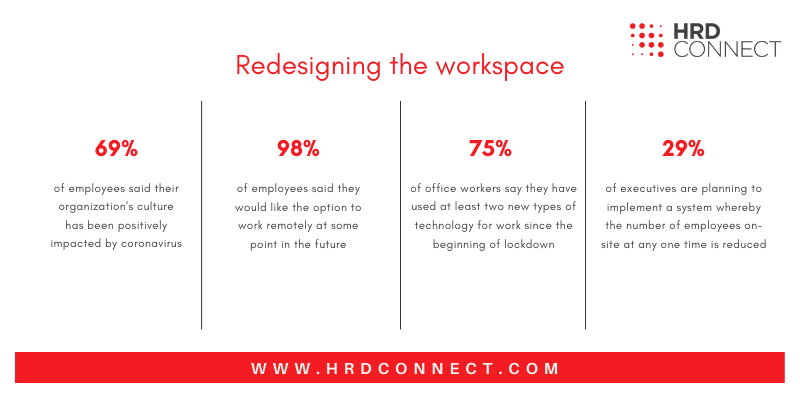
In fact, Facebook have returned to the steal headlines on this topic once again, announcing on August 7 that its remote working policy would run into the Summer of 2021 for all employees – even those who are bound to return to the workplace eventually.
But what about the other side of the coin? Coronavirus appears to be subsiding in many of the world’s territories (albeit slowly), and thus, many now argue that a return to the workplace can be done safely.
One such organization that clearly echoes this principle is Disney, having recently reopened its theme park in Orlando, Florida. The park’s capacity has been reduced and various safety measures have been introduced, despite numerous experts deeming the risk of contracting the virus at a theme park to be too high.
Investment banking organization Goldman Sachs made a similar motion in May, announcing at the time that it expected some traders to be returning to its London and New York offices in the ‘next several’ weeks. In an update earlier this month. Financial News reported that the bank currently has 15% of its London staff in the office at any one time.
Finally, electric vehicle manufacturer Tesla also announced in May that production would soon be returning to normal at its factories. The organization even published a copy of its ‘Tesla Return to Work Playbook‘.
How can HR leaders respond to new expectations of the future of work?
Whilst COVID-19 has not necessarily presented a clear path for business leaders to take in terms of how the workplace will look like for the future of work, it’s clear that something must change.
For many organizations the office environment simply isn’t safe, and therefore is not viable. However, for many more, elements of culture, morale and productivity are lost as a result of remote working.
Regardless of where your employees conduct their work, it remains a fact that employee safety, engagement and satisfaction have been pushed to the top of the agenda in recent times. As a result, measures should be taken to ensure that these things are kept intact.
In doing so, it’s important to consider what elements of a remote working setup can be controlled as they would be in an office. Light is an example of this. A study conducted by Cornell University found that employees seated within 10 feet of a window reported an 84% drop in symptoms of eyestrain, headaches and blurred vision.
Similarly, it has been found that people who work in spaces with natural features and furnishings reported 15% higher levels of overall wellbeing, and 6% higher productivity.
From the perspective of an employer, these are things that can be encouraged for home working setups.
Equally, with this greater emphasis on wellbeing and employee happiness, culture is something that can be readdressed in 2020’s workspaces. And with research showing that 86% of entrepreneurs believe culture is directly linked with productivity, this should be a no-brainer.
Whether it comes down to increasing communication, recognition, social activities, company updates or ‘town hall’ meetings, this can and should be implemented regardless of whether employees are co-located or operating remotely.
As with all things in 2020, the future of business is uncertain, and by default, so too is the nature of workspaces. But regardless, COVID-19 has served to highlight the need for businesses to keep a closer eye on aspects such as wellbeing and culture, and as a result, organizations must pay greater mind to these things in the workspaces of the future.





